|


Poet Thomas Carlyle once said, “Silence is the element in which great things fashion themselves together.”
Advancements in scientific research are helping designers and architects make better informed decisions about the acoustical products that they use for commercial, education, and healthcare projects. As a direct result of this research, standards have been developed declaring maximum background noise in specific environments. Excessive noise in office environments can interrupt workers' productivity. Excessive noise in classrooms can disturb learning and reduce test scores. Excessive noise in healthcare facilities can lead to decreased healing. Noise, design, and these outcomes are all interconnected.
Materials for noise reduction are more important than ever in open office layouts an as shared spaces increase. Check out the following acoustical products, which are both functional as well as provide beautiful aesthetics:
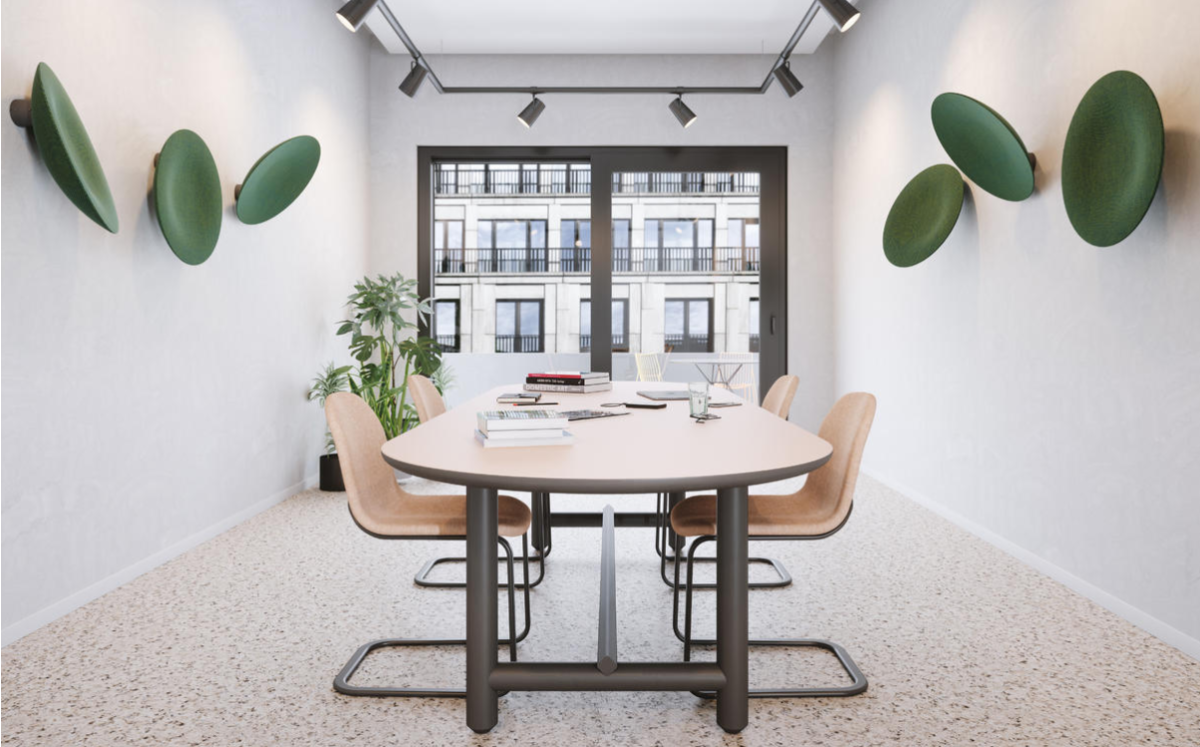
BuzziSpace, manufactured in both Bladel, Netherlands and High Point, North Carolina, now has a portfolio of products within the Haworth line. The line encompasses acoustical solutions such as sounds dampening, privacy booths, acoustical lighting and furniture. Their logo “Silence is not a luxury” promotes workplace products that increase the overall health of workers by reducing noise.
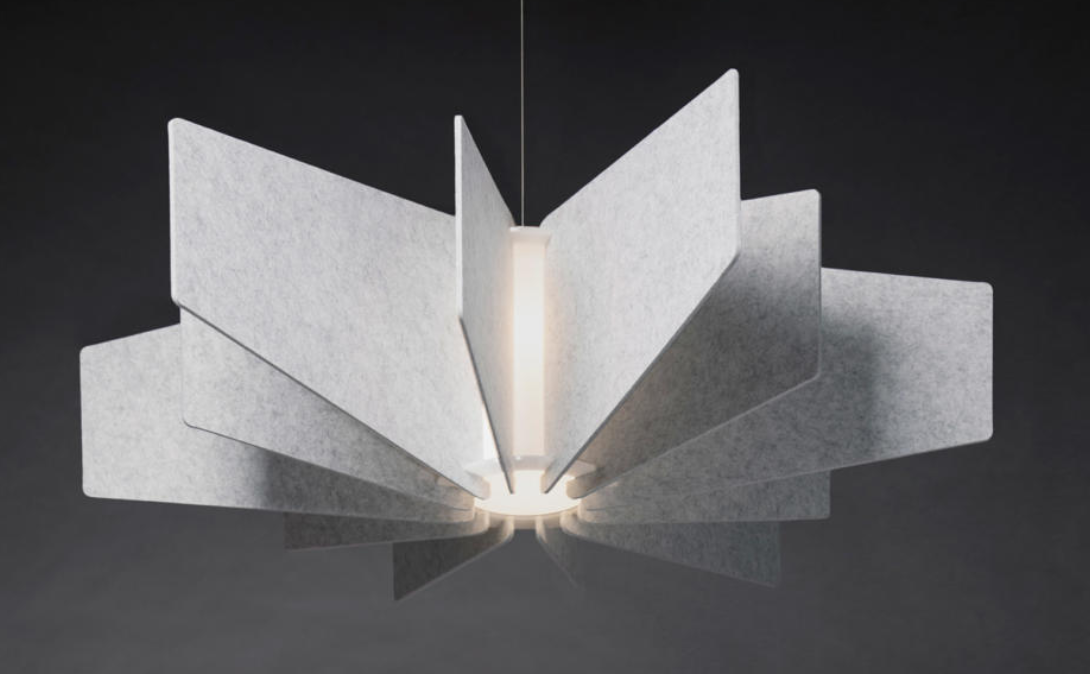
Lightart is a Seattle based division of 3-form. Innovative designs can be found in their main collection and in custom pieces. The Acoustic Collection features a variety of boxes, drums, rings, The Echo One and Acoustic Wing. Bold dimensions bring together the latest LED technology with Sola Felt which is 50% post consumer recycled content.
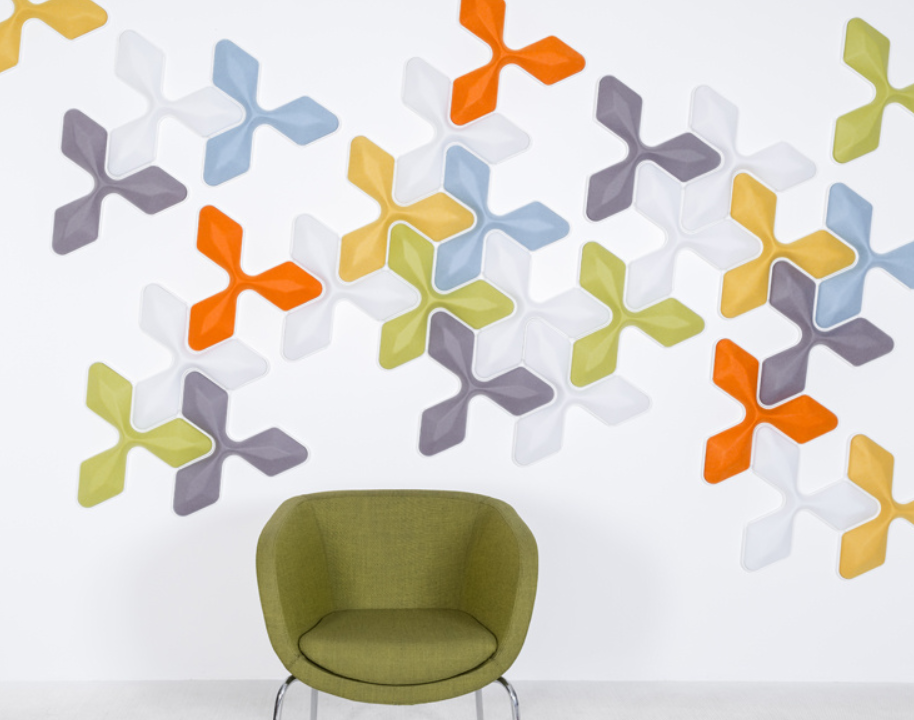
Unika Vaev advertises “Hear yourself think” for their wide variety of acoustical products that range from sculpted acoustical tiles, the Airbloom product (.65 NRC) and the Domo Wall Booth (.45 NRC) designed by Stefan Borselius. The Timber Ceiling Blades are made of 100% PEFC certified wood and provide a dramatic, natural statement while absorbing airborne noise.
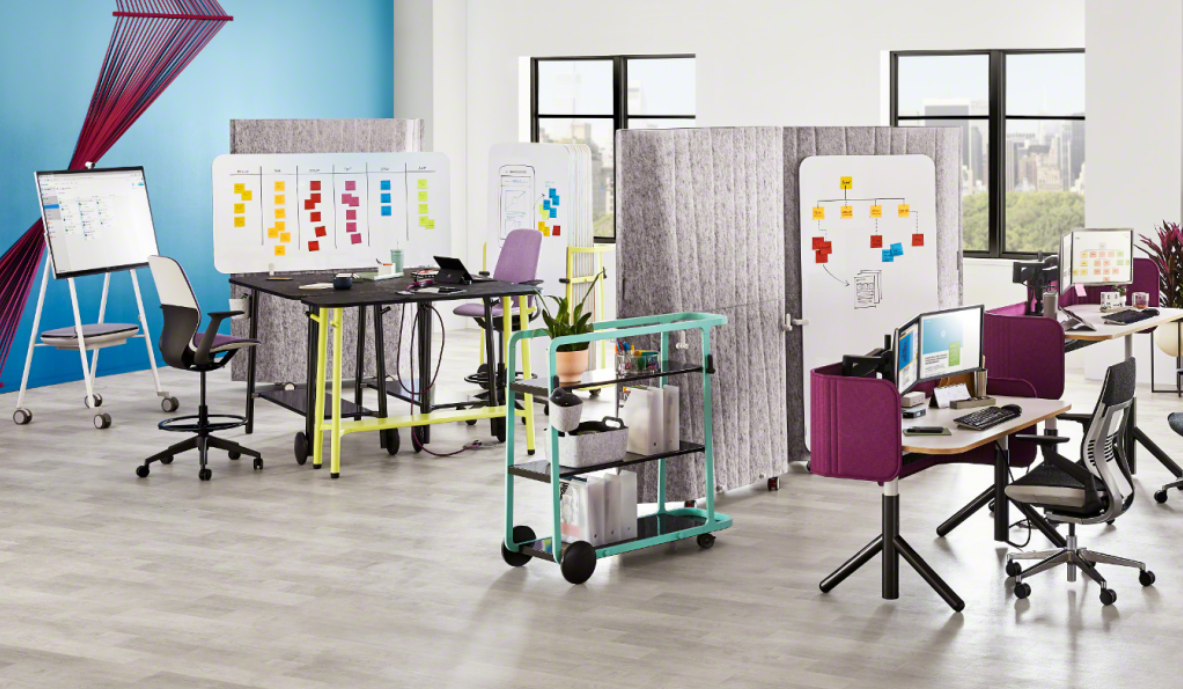
The Steelcase Flex line offers good solutions for the “85% of workers (that) say they have difficultly concentrating.” The Flex Acoustic Boundary improves acoustic performance and provides a boundary for space division.
If you'd like to read more about architectural acoustics, check out this ArchDaily article to dive deep into the science behind acoustics.

13th Annual IIDA NE Design Awards
POSTPONED // Due to the extreme and severe circumstances caused by the Coronavirus (COVID-19) outbreak and the ongoing threat posed to all, IIDA New England has immediately postponed our Design Awards event scheduled for 03.12. Please visit our website for our full statement.
Hartford City Center: What Does My Future Hold?
03.25 // This event gives students from all over CT a chance to network with working professionals and get a glimpse of what it is like to work in the industry.
WELL AP: One-Day Intensive Exam Prep Course
04.04 // In this course, you will be provided with the information you will need to sit for the WELL AP exam.
Communication to Win the Project - Multiple Locations
04.14-16 // Join us for the first of our traveling speaker series.
Boston Spin Fundraiser
04.22 // Stay tuned for more details.
IIDA NE Business Leaders Breakfast
04.29 // We invite you to attend the 28th annual IIDA New England Business Leaders Breakfast, hosted at the Westin Boston Waterfront.
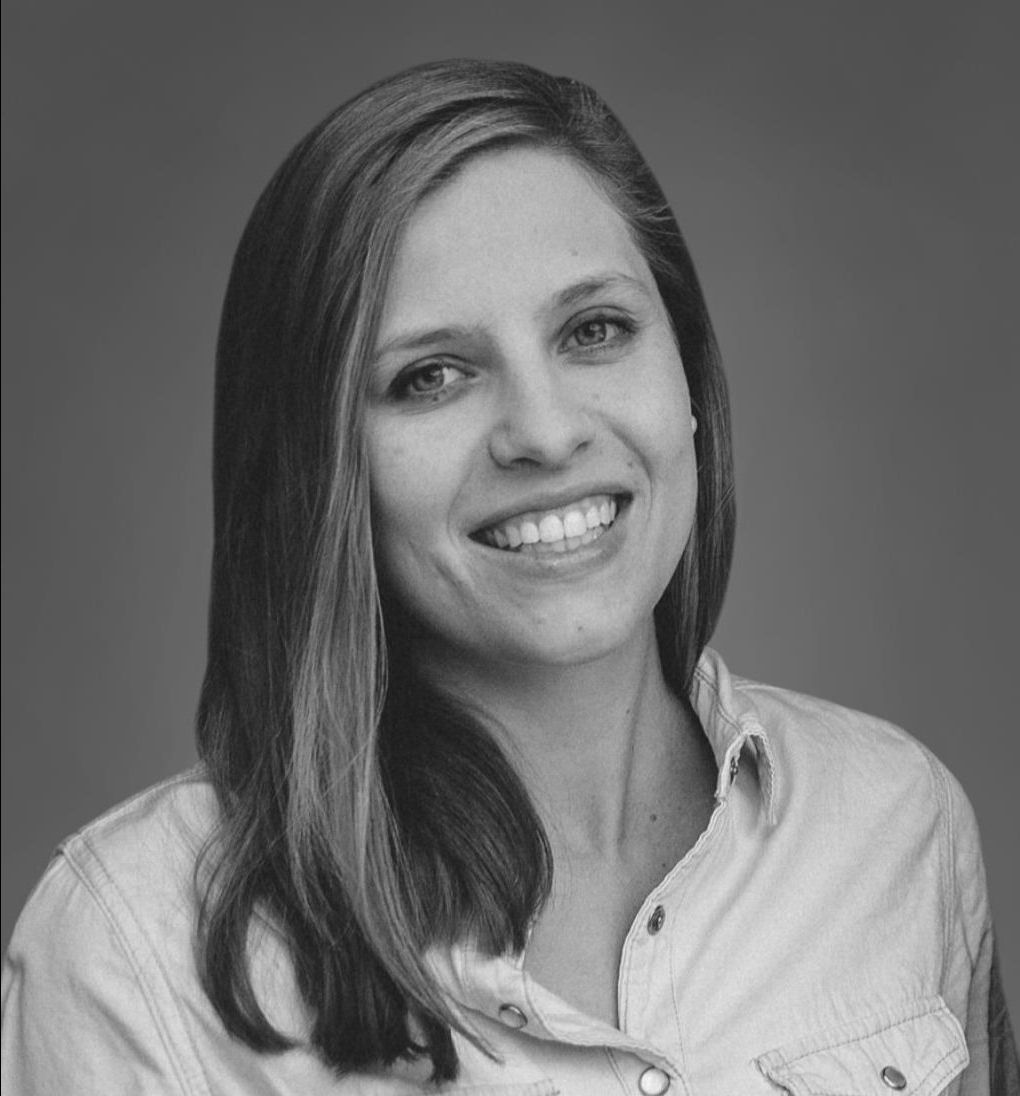
Jana Van Wijk
Jana, why did you choose to become an Interior Designer?: Architecture and design offered a work environment that needs both a technical and creative approach, and often a balance, which I think creates very interesting problems to solve.

Allison Albanese
Allison, why did you choose to become an Interior Designer?: I went to a vocational high school for drafting and got a little peak at the interior design world, and ever since then I knew I wanted to become an interior designer.
Full profiles of all of our impressive Emerging Leaders are located on our website. Read more about Jana Van Wijk and Allison Albanese on our Emerging Leaders Page!

Did you know the study of Architectural Acoustics began when Wallace Sabine, a young physics professor at Harvard University, was tasked with improving the acoustics of the Fogg Museum Lecture Hall after many had attempted.

Do you have an idea that you would like to share with the design community or see highlighted here in The Wire? Send your ideas to s[email protected].
|











